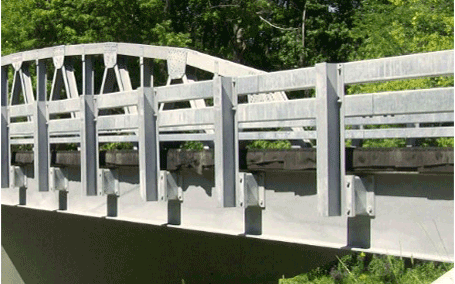Synthesis of Research on Load Capacity of Concrete Slabs Without Plans

Start Date: October 1, 2015
End Date: July 1, 2017
Project Completed
Researcher: Dr. Richard Miller, University of Cincinnati
To download copies of the Final Report, click here.
Approximately 6,550 small span concrete slab brides exist in Ohio. Of these bridges, approximately 1,234 (19%) do not have any plans. Many of these structures, still in-service today, were built decades ago; some dating as far back as the 1930s. The vast majority of these bridges are on the local system as less than 20 can be found on state routes. Some counties have as many as 30 of these slab bridges with no plans while other counties find a significant portion of their inventory (approximately 31% or 133 bridges) comprised of these structures all without plans. While these structures are routinely inspected and given a general appraisal rating, a mechanism for load rating these structures is either unavailable or unknown by county engineers. As a result, county engineers rely on past performance and engineering judgment to determine the approximate load capacity of the structure. This likely leads to an overly conservative evaluation. Exacerbating this issue, recent developments in industries, such as oil and gas, have some counties experiencing sudden and significant increases in heavy truck traffic on these structures. These bridges were not built with the expectation of the size and quantity of this traffic. In order to optimize the usefulness of these bridges and ensure the safety of the traveling public, a simple, low-cost scientifically-based method for determining the load capacity of these structures is needed.
The goal of this research is to identify a simple, low-cost, reliable method for county and city engineers to use to evaluate the load capacity of concrete slab bridges without plans. The objective of this research is to perform an in-depth synthesis study to identify the current state of practice and, if an established method is not identified, indicate the future steps necessary in order to achieve the stated goal. The results of this research will aid in optimizing the usefulness of these structure, provide increased confidence in the structure's performance and anticipated lifespan, and enhance the overall safety of the traveling public. As larger and heavier vehicles continue to expand their use of the local system, having greater confidence in the load capacity of these structures becomes a more pressing concern. This research will not only improve the understanding of the current condition of these structures, but assist local transportation officials in understanding their true capacity and limitations.